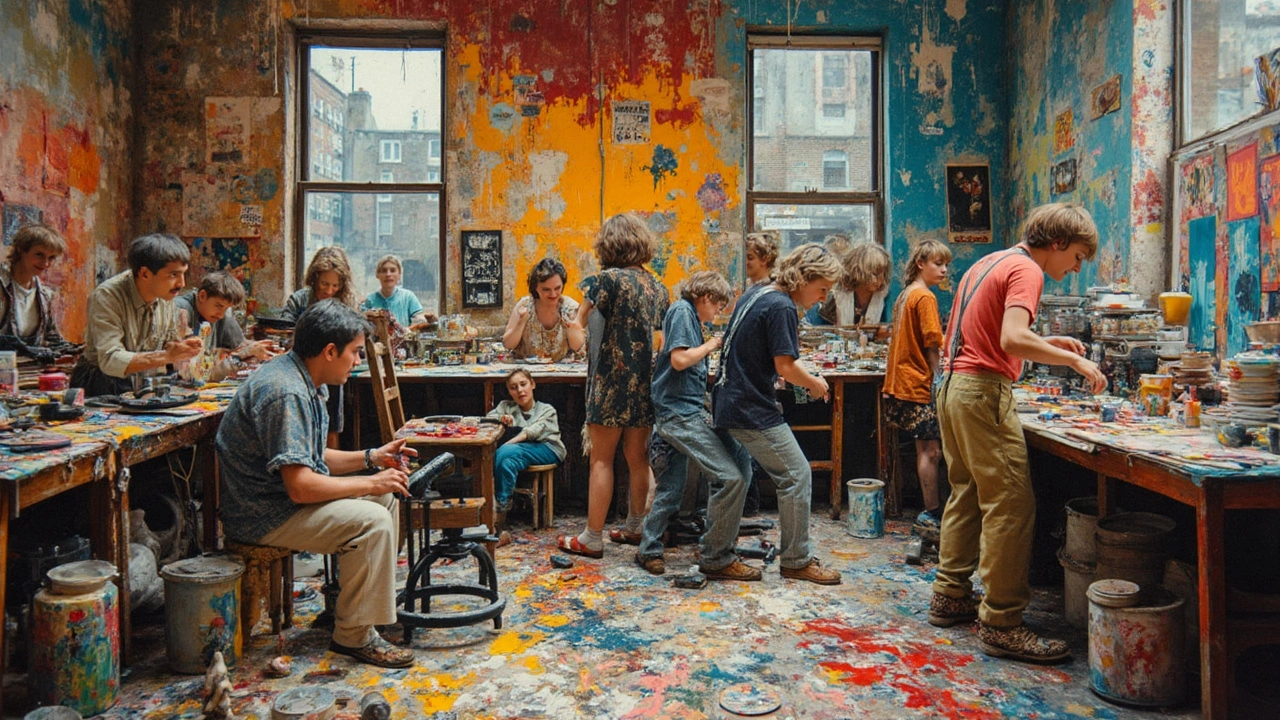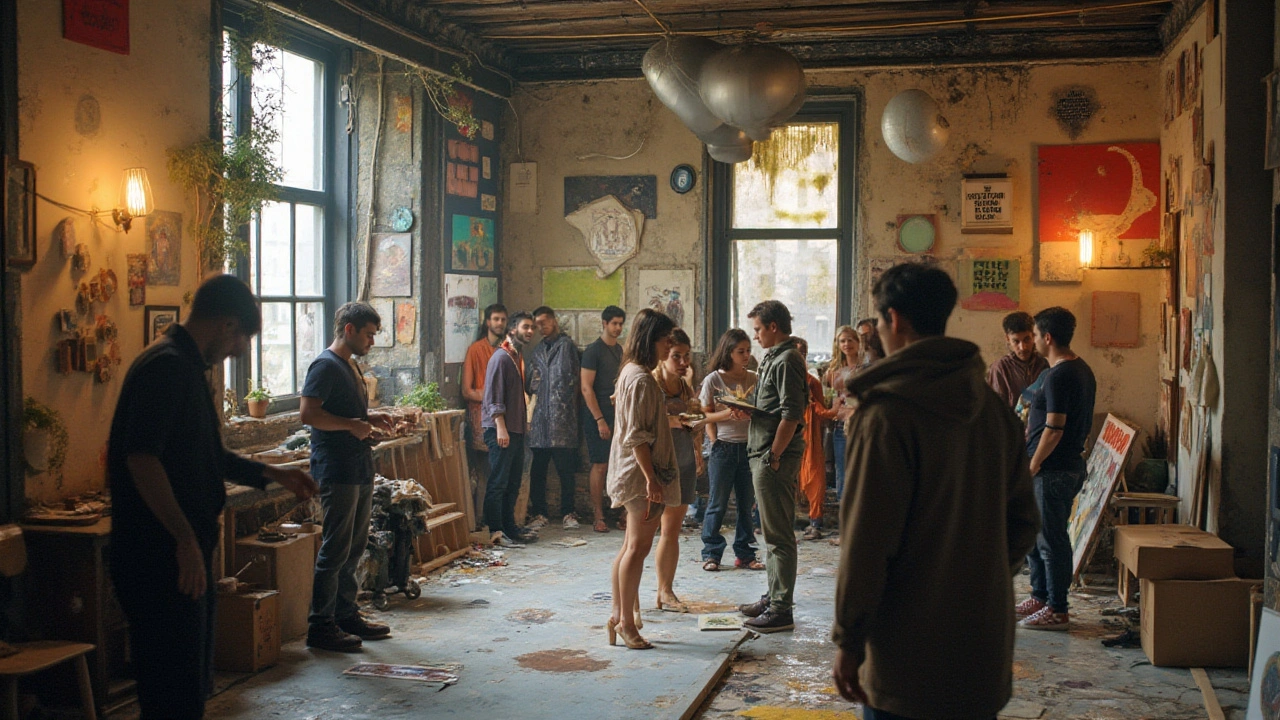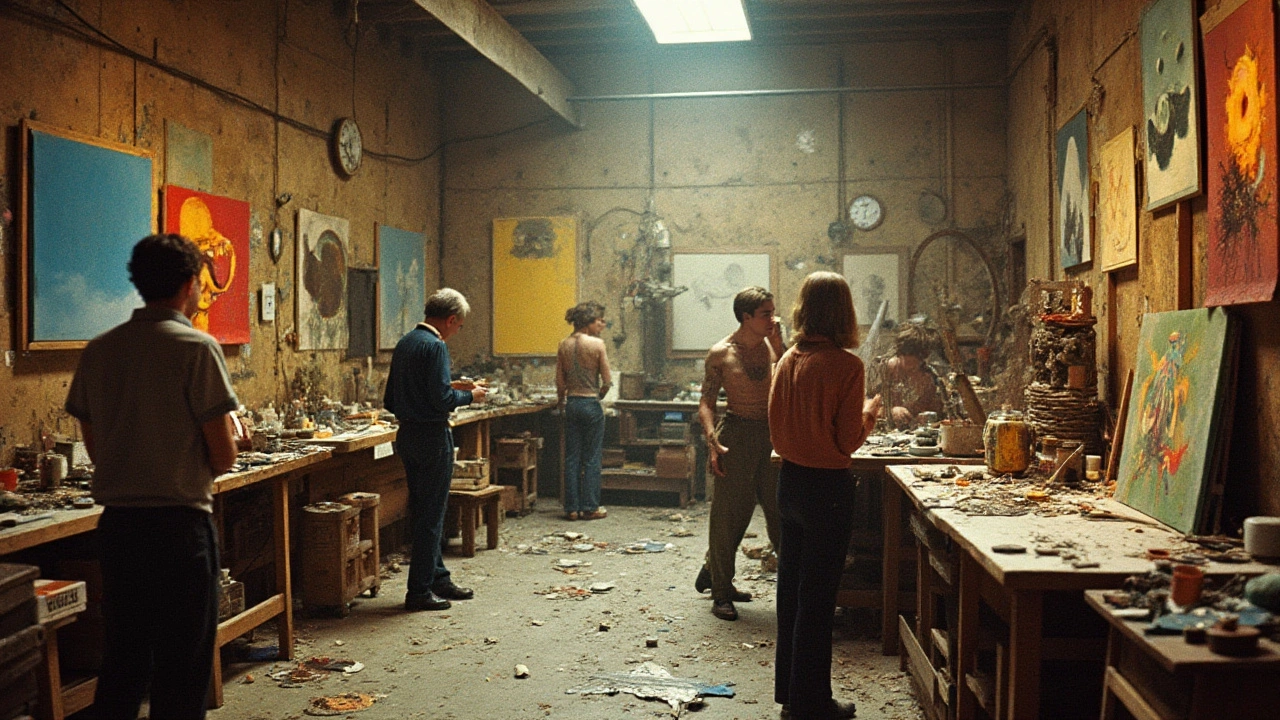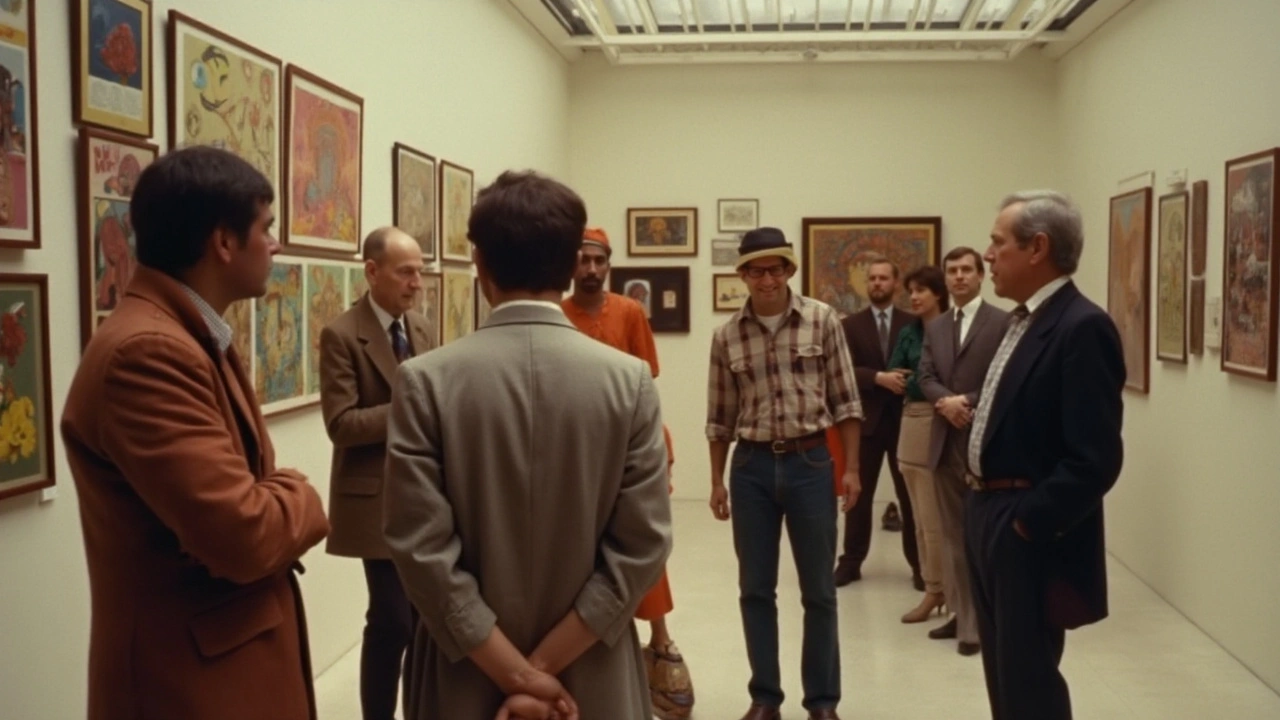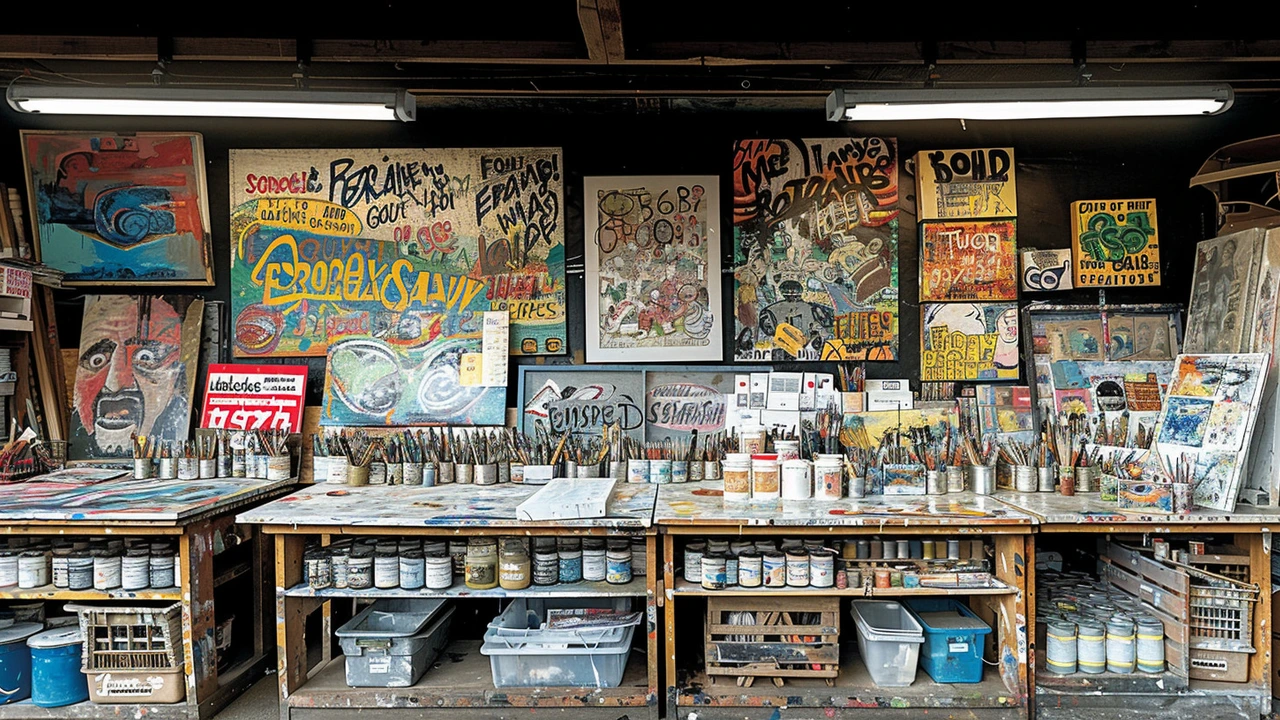Fluxus: The Rule‑Breaking Art Movement
Fluxus flipped what people thought art had to be. It started in the 1960s as a loose group of artists who wanted art to be messy, quick, and part of daily life. If you like the idea of art that uses jokes, simple instructions, and ordinary objects, Fluxus is worth knowing about.
What Fluxus looked like
Fluxus events often felt like short parties that doubled as performances. Artists used scores — short written instructions — instead of long rehearsed shows. A score might tell someone to walk across a room, count sounds, or break an object. The point was the idea and the act, not a polished result.
Key names include George Maciunas, who organized many early Fluxus projects, plus Alison Knowles, Nam June Paik, Yoko Ono, Ben Vautier, and Dick Higgins. They made objects called Fluxkits (small boxed artworks), mail art, and live happenings. You’ll see TVs, typewriters, paper, and kitchen tools turned into art. Humor and surprise were common — Fluxus wanted people to smile, think, and sometimes argue.
Fluxus also rejected the gallery system. Works were cheap, easy to copy, and meant to travel. That made Fluxus democratic: anyone could perform a score or share a Fluxkit. That attitude helped spread new ideas fast across music, theater, and visual art.
How to spot Fluxus influence — and try it
Spotting Fluxus today is easy if you look for a few signs. Is the art simple and playful? Does it ask the audience to do something? Are everyday objects used as tools or instruments? If yes, it probably borrows from Fluxus. You’ll see this in pop-up performances, DIY music shows, interactive installations, and community art projects.
Want to try a tiny Fluxus exercise? Write a one-line score: “Make a sound with something blue for ten seconds.” Hand this to a friend, a child, or a group and watch what happens. Or make a Fluxkit: gather five small items, put them in a box, and include one short instruction. Give it to someone and ask them to follow the rule once.
Fluxus is more than a style — it’s a choice to blur life and art. Use cheap materials. Keep ideas short. Welcome mistakes. Let people join in. If you run an event, invite strangers to participate rather than just watch.
Want more? Read our deeper pieces: “Fluxus: The Art Movement that Changed How We See Creativity” and “Fluxus: How a Movement Reshaped Contemporary Art” for history, examples, and tips to bring Fluxus into your own projects.
Fluxus still matters because it reminds us that art can be immediate, funny, and shared. Try a small Fluxus idea this week — no fancy tools, just a rule and a willingness to play.

